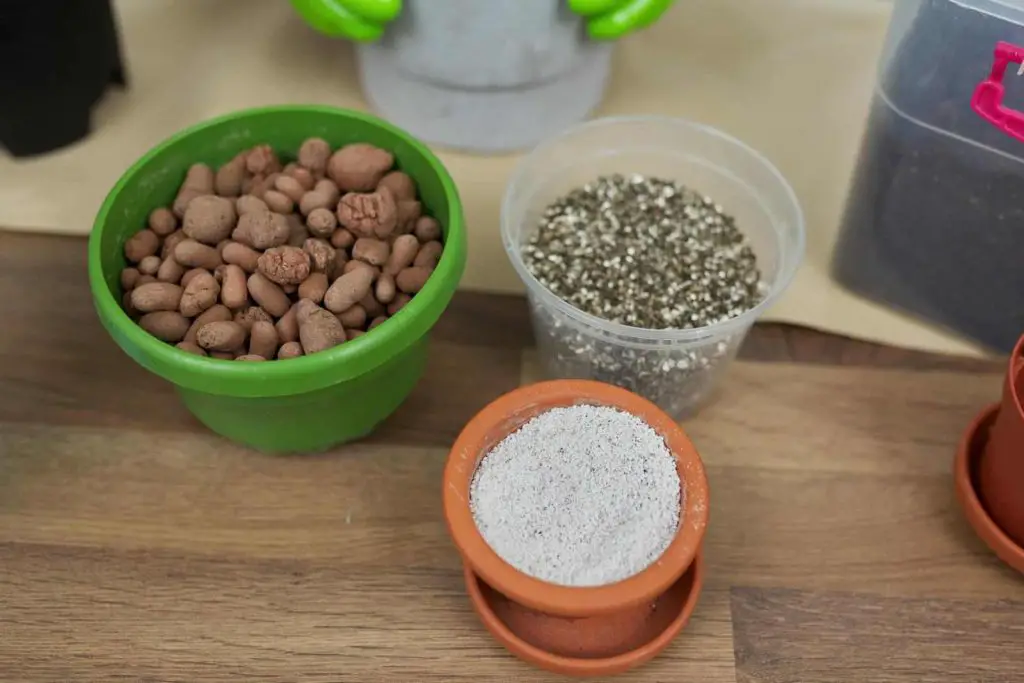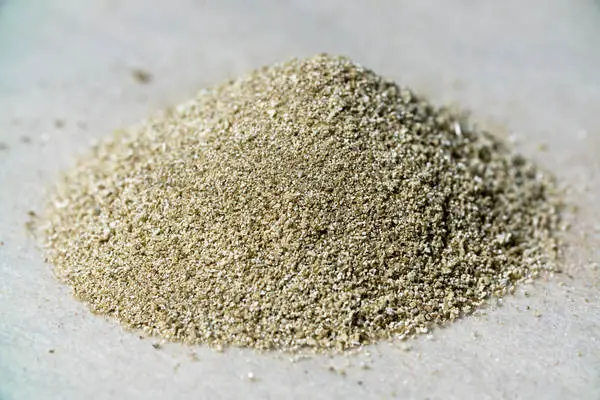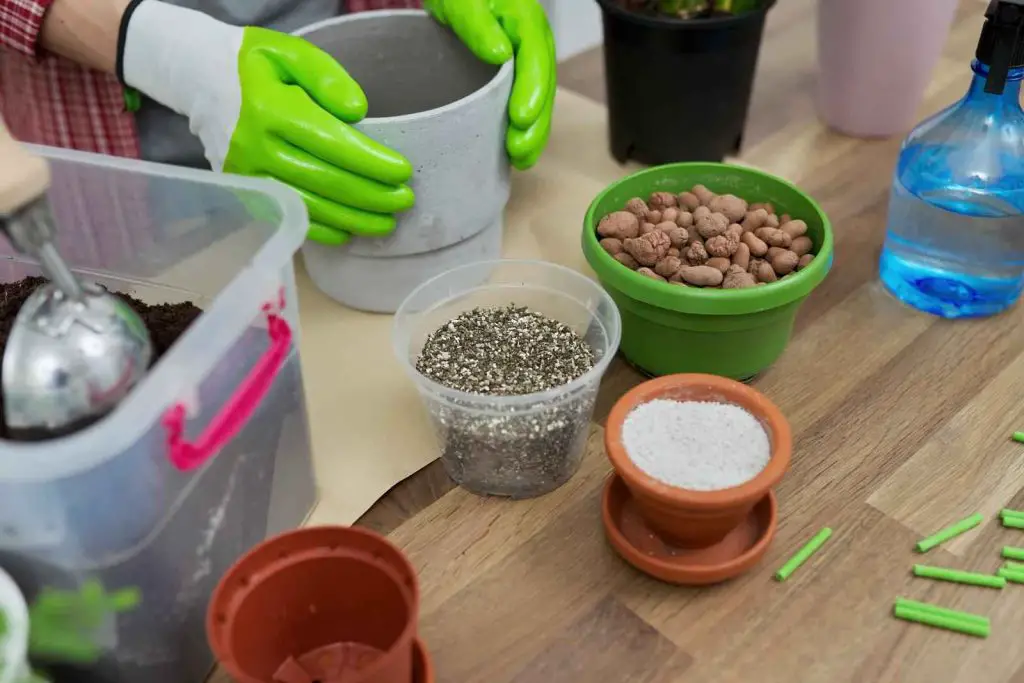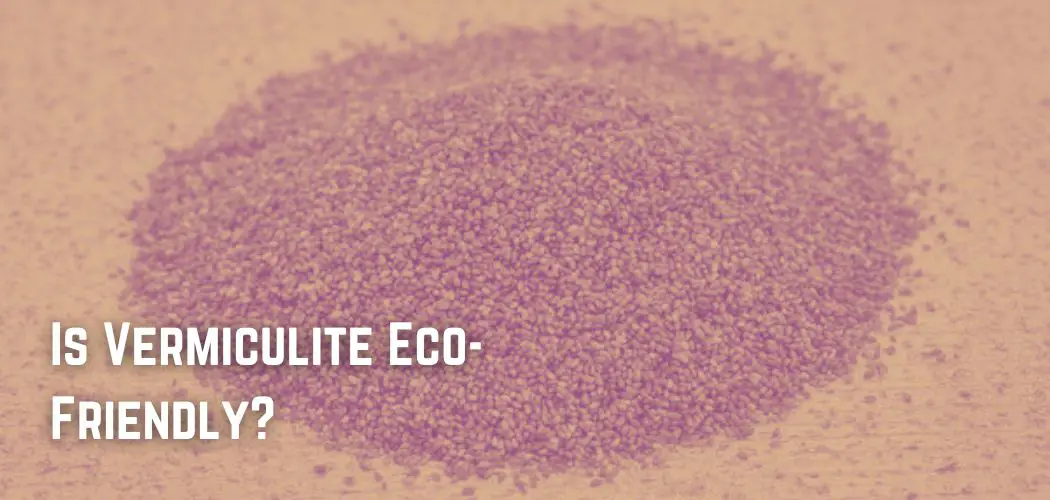Currently, one of the biggest threats humanity is facing to its extinction is the sustainability of the earth. The continuous usage of non-eco-friendly materials by capitalists in industries has created uncertainties over the future of humanity.
Therefore, people have started raising questions about the nature of almost everything they use because of awareness campaigns on global warming and the importance of using environmental-friendly products.
One such thing that is in the limelight for eco-friendliness is a mineral called Vermiculite. But is Vermiculite really eco-friendly? Read this article to find out!
What is Vermiculite?
Vermiculite is a hydro phyllosilicate mineral found in various places of the world, especially in mines of Australia, Brazil, Russia, Uganda, and the United States.

Made from hydrated magnesium, Vermiculite is a silicate mineral that expands on heating. It is named Vermiculite because, after heating, the grey or brown colored strands of Vermiculite appear like worms.
Its raw form is mined through an open-cast method from ground level and then passed through a heating process to make it more usable in manufacturing.
Environmental Impact of Vermiculite
Despite the drastic increase in demand, many people are reluctant to use Vermiculite in products because of the possible impacts it has on the environment.
As mentioned above, Vermiculite is mined through an open-cast method, which is better than tunneling.

Yet, factors like energy consumed in accessing and processing are needed to be considered. And also the fact, that Vermiculite undergoes the process of exfoliation (a process that requires extensive energy) to make it usable.
Vermiculite can also cause cancer if mined with Abestos. The famous case of Montana is an example of it.
However, Vermiculite in its pure form is 100% safe. These days, Vermiculite available in the market stores is free from Abestos or any other dangerous substances.
Uses of Vermiculite
There are many uses of Vermiculite, but mainly it is used for gardening purposes.
When added to soil, Vermiculite promotes aeration and creates a superior soil structure due to its lightweight and ability to prevent the settling of the soil. This nature of Vermiculite is really special as it helps in the germination of seeds.
Moreover, along with aeration to the soil, it also retains water. This is really great because it means Vermiculite will not decay and retain water and nutrients when added to the soil.

Vermiculite has gained popularity as a fertilizer that grows plants bigger and stronger because of these qualities.
Besides working as a soil additive and fertilizer, vermiculite is also used in animal feed. It is safe to use in animals and helps in retaining nutrients and water as in soil.
Recently, many companies started Vermiculite as a packaging material, and interestingly, the reasons for doing so are pretty much the same.
The lightweight and soft nature minimizes shipping costs and makes it suitable for delicate items. Not only that, but it is also relatively inflammable in nature, absorbs moisture, and provides aerations.
FAQs
1- Does Vermiculite biodegrade?
Yes! Vermiculite does biodegrade, but the process is a bit complicated. Like, if you place it in the soil, you would not see the breaking down of it with other substances. This is because of the extreme slowness in the process.
2- Are both Perlite and Vermiculite environmentally friendly?
Pertile, an inorganic volcanic glass that is mined and used for soil enrichment, is slightly less sustainable than Vermiculite. Pertile is a potential alternative to Vermiculite as they both give almost similar results.
3- Is Vermiculite a natural product?
Yes! Vermiculite is a naturally occurring mica, hydrated magnesium, iron, and aluminum. Its basic unit of composition is an iron-aluminum containing octahedral sheet that interlays trioctahedral silicate sheet.





